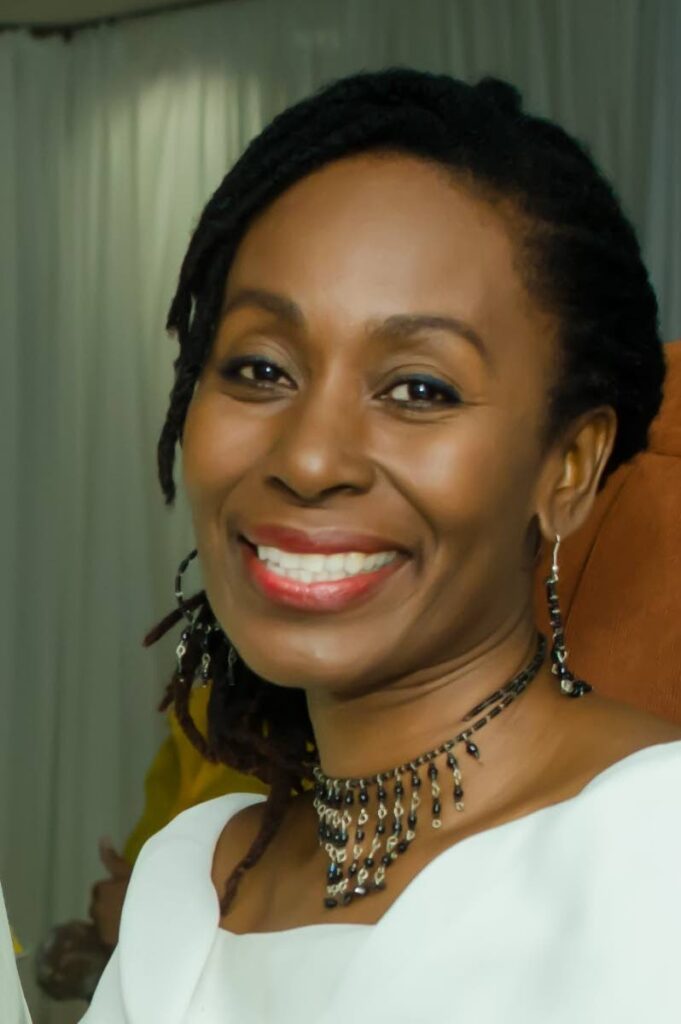Songs that heal

Culture Matters
Carnival Stories
Dara E Healy
The Carnival of 1939 equalled the Carnival of 1938 in brilliance and spectacle. Port of Spain throbbed with life. Revellers jumped to two “leggoes” (old name for road-march), Don’t give me the roast Saltfish and Matilda.”
– Michael Anthony, The Making of Port of Spain
EVERY YEAR there is a song that sets the nation on fire. There is something about the particular combination of lyrics and music that helps people to process their feelings. For instance, in the face of worsening crime, the artist Voice declared to the universe that it was the Year for Love.
As the debate about the soul of Carnival continues, there is a growing conversation about the music that drives the festival. This year, as citizens continue to feel as though they’re under siege, Mical Teja is taking that call by Voice to another level with DNA. What are some of the songs that have moved this nation and how can we tap into their magic for continued healing?
Scientific research has shown that when we enjoy music, it causes a response in the areas of our brain that “…are connected to euphoric reward responses, like those we experience from sex, good food and addictive drugs. Those rewards come from a gush of a neurotransmitter called dopamine.” But good song-writing also reflects the issues and mood of the time. So, in 1956, Mighty Sparrow won both the Road March and Calypso Monarch competitions with Jean and Dinah, a commentary on the destruction of family life as a result of the presence of American soldiers in our country.
In 1939 when King Radio’s song dominated, there was a great deal of curiosity about relationships between men and women. “Five thousand dollars, friends I lorse/The woman even sell my cart and horse/Oh lord, Matilda, she take me money and run Venezuela.” Matilda was a story by King Radio about his money being stolen by his lady friend. He confesses that he hid the money in his mattress, but a spirit (jumbie) revealed to him that the money was gone.
In those days, storytelling focused on themes such as African spirituality and folk characters like La Diablesse. As an increasingly complex society, we attempted to understand the ebbs and flows of our nation. Race, class and colour discrimination, East Indian culture, inter-racial relationships or human rights – calypsonians found ways to understand and analyse our reality.
The dominance of Lord Kitchener in the Road March arena began in 1963. By today’s standards, The Road was a musically gentle warning to any steelband player who threatened to hinder Kitchener’s enjoyment of Carnival. Kitchener won the Road March almost every year until 1976, competing against other pioneers like Mighty Shadow and Calypso Rose. Songs like ’67, Mama Dis is Mas and Tribute to Spree Simon reflected an inward-looking attitude about our culture and Carnival.
By the 1980s the music of the Road March became faster, more strident. Rebecca by SuperBlue, known back then as Blue Boy, was in step with the increased use of synthesisers and thumping bass of the time. His supremacy continued with Get Something and Wave and Signal to Lara, among others. Machel Montano, Fay Ann Lyons and others received the baton, offering music that reflected a desire to release and enjoy life. Rudder straddled the old and the new with his unique style and messaging.
The differences between Matilda of 1939 and Hard Fete by Bunji Garlin in 2023 are stark. However, the thread that links these songs across the decades is powerful storytelling. In Hard Fete, Bunji reaffirms his connection to the community and the value of a simple enjoyment of a fete that was accessible to ordinary people.
Miles Davis apparently said "get me out of here" when faced with the way that music was being taught at the famed Julliard in New York. Will we have the courage to truly transform the way we teach culture here, to make it relevant to building careers in the creative sector and developing the industry for our future?
In the recent Intellectual Chutney Soca competition for young people, the top songs spoke of unity and love of country. Mical Teja reminds us, “Tell them freedom in we DNA/When every hand raise/We become one race/Is only one stage, this the birthplace.” As Chalkdust might say, a good song will not only give us pleasure, but can keep us stronger, together.
Dara E Healy is a performance artist and founder of the Indigenous Creative Arts Network – ICAN


Comments
"Songs that heal"